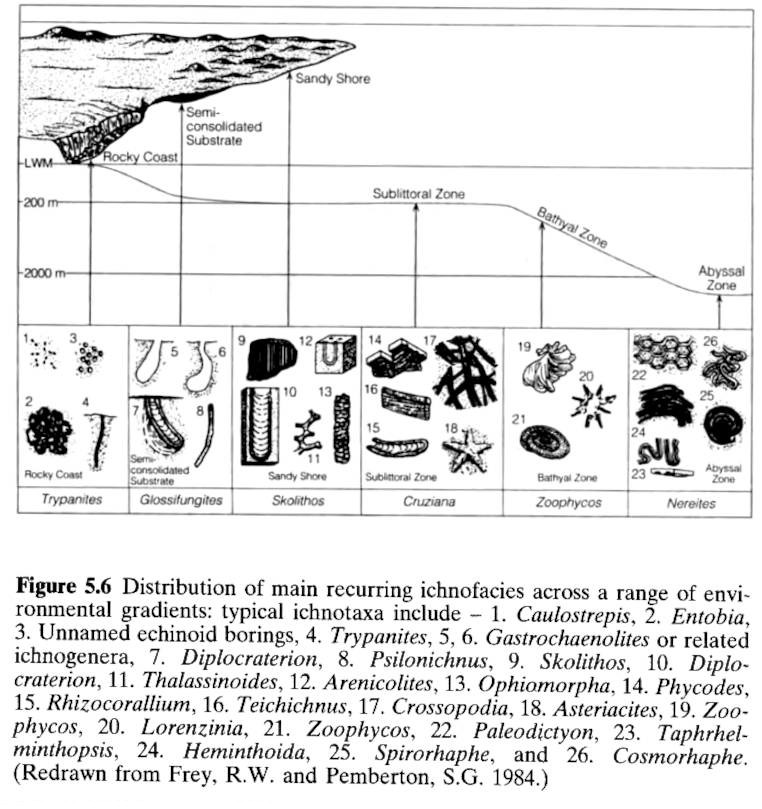What we missed #1
If you're reading this after all of of the other pages on this fossils learning resources website, well done for making it this far! Before we wrap up, lets start by looking at some important fossil groups that swe have missed in video one (there are four this week, FYI).
Summary
Key points to take away from this video are:
- Sponges, or porifera, are important filter feeders in phanerozoic benthic communities.
- They appear early in the fossil record (exactly how early is debated), and are major reef builders throughout the phanerozoic.
- Bryozoa are an important group of colonial Lophotrochozoa, which are relatively common in the fossil record.
- They appear in the Ordovician and have been around ever since. They often appear as net-like structures in Phanerozoic rocks.
- Annelids are segmented worms, and a few groups in particular (machaeridians, scolecodonts, serpulids) are not uncommon as fossils.

